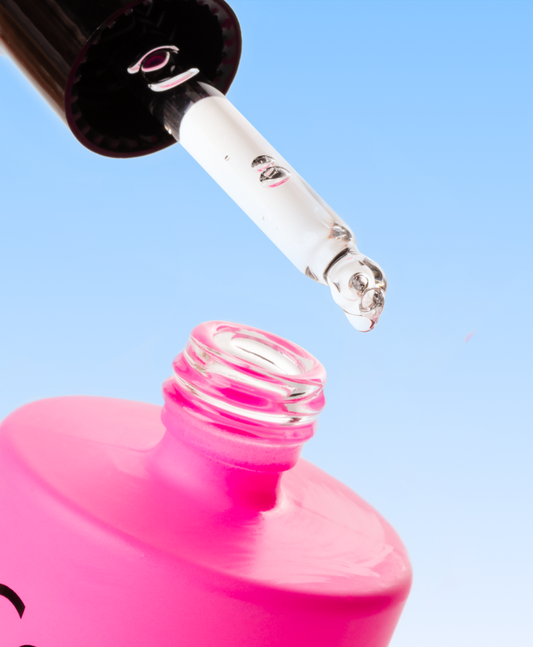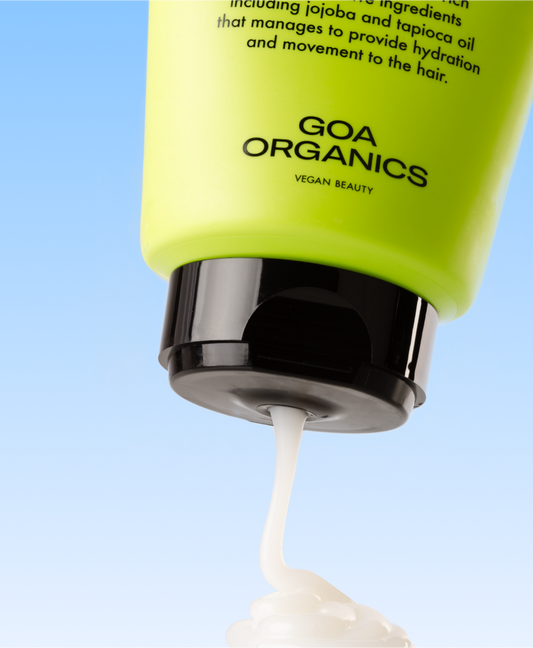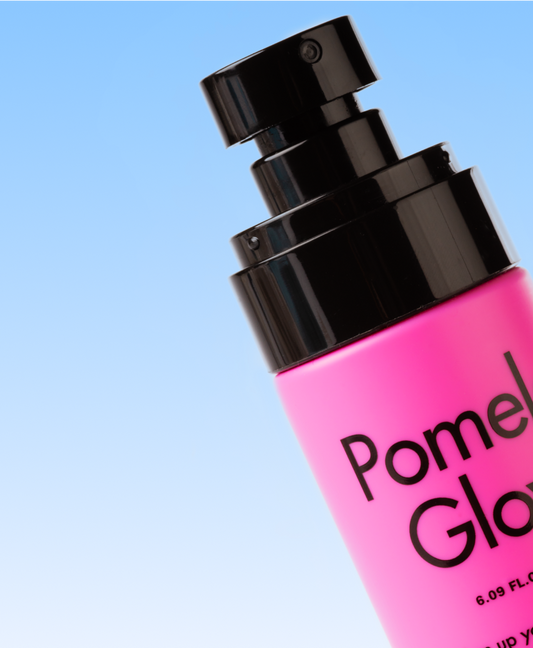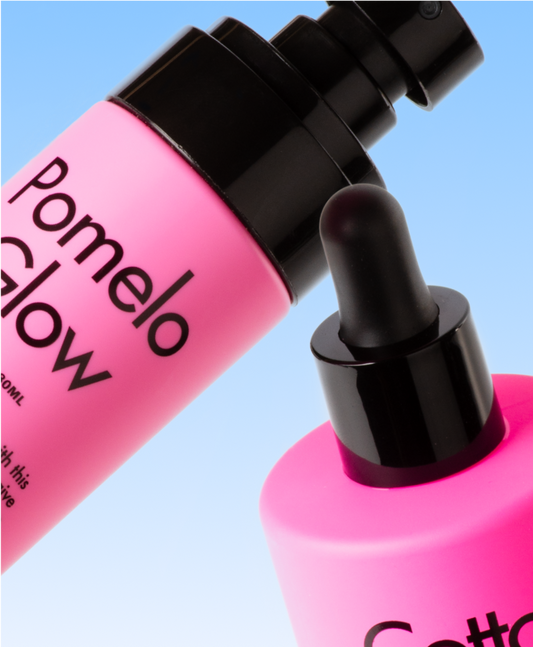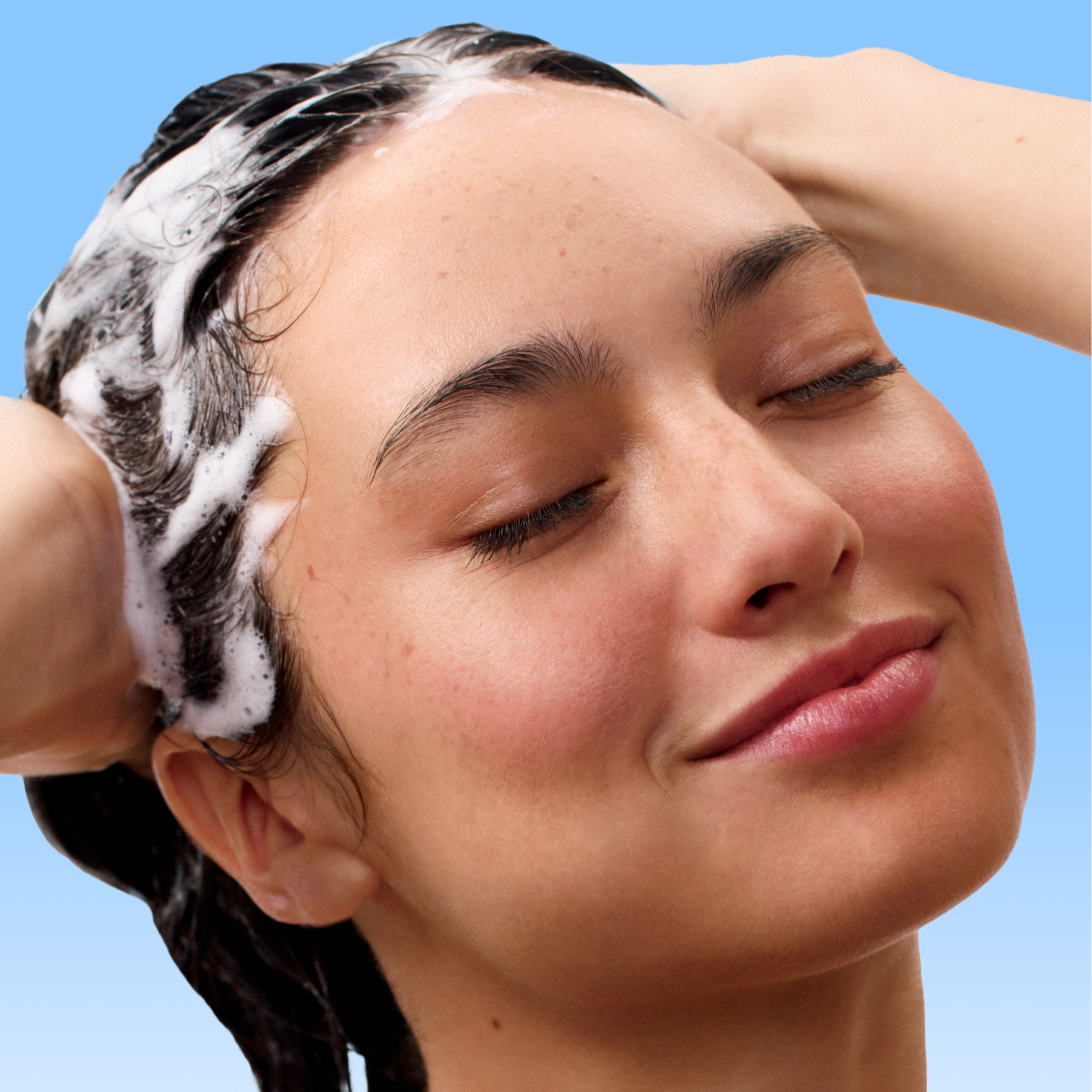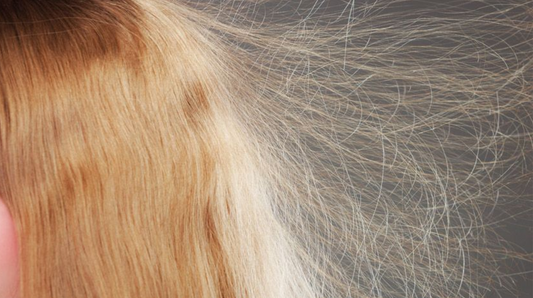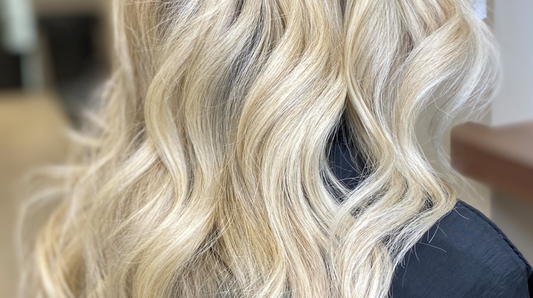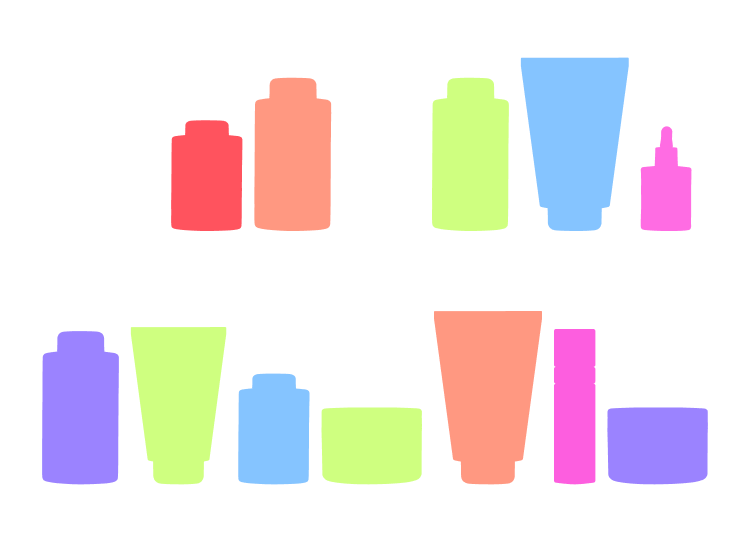
Lately, apps for analyzing cosmetics have become a trending topic. For the first time cosmetics consumers can have a complete knowledge of the ingredients contained in the products we consume. Or so it seems...
As the name suggests, these applications aim to analyze the ingredients of different cosmetics in order to classify and evaluate them according to their toxicity. They have a large database of ingredients, to which they give a score, and even indicate whether they are dangerous or pose a risk to our health. But to what extent can we trust these applications?
A lawless world
These apps assume that brands do not evaluate the safety of cosmetics, and that it is up to the consumer to analyze the products. But the reality is that EU laws require that before a product is put on the market, its safety must be assessed.
Are hazard and risk now synonymous?
These applications use the terms hazard and risk as synonyms, and the reality is that they are different concepts. All substances are hazardous, even water! But it should be borne in mind that their risk depends on the dose used, their exposure, their concentration and their use. The applications that analyze cosmetics only show us, according to them, the toxicity of the ingredients, but they cannot indicate their risk because they do not have access to the percentages in which the ingredients are found in each formula. In conclusion, their classification by color is irrelevant, as it does not take into account the dosage used.
Blind trust?
No application for analyzing cosmetics employs scientists specialized in cosmetic safety. And even many of these applications allow users to register cosmetics and their ingredients in the database. This means that anyone, without any training, can update products and their ingredients without anyone regulating the veracity of this information.
Encouraging chemophobia
In these applications we can see a directly proportional relationship between the score and the use of chemicals in each cosmetic, in addition to a very aggressive color code! These factors cause many people to develop a fear of certain cosmetics. This rejection of chemical elements is known as chemophobia. But the reality is that many of these substances that we find in cosmetics favor the conservation of these.

In conclusion girls, these applications lack reliability and instead of guaranteeing a safe cosmetics consumption only generates senseless doubts among cosmetics consumers. All brands carry out exhaustive controls of their products to control their risk and toxicity. In addition, the EU has a very clear law regarding toxic substances and the percentage of each ingredient allowed in the different ingredients in the formulations. This means that currently we are NOT going to find any product on the market that contains toxic ingredients.
Super tip:
If any app tells us that any cosmetic product contains toxic ingredients what we should do is to distrust the app, but not the product.
